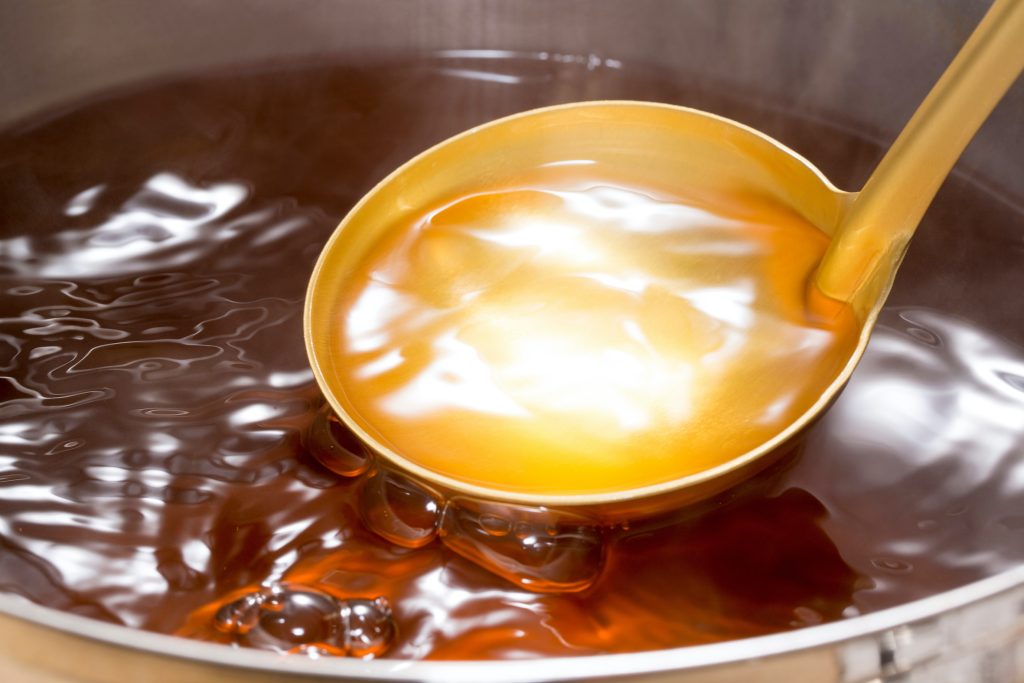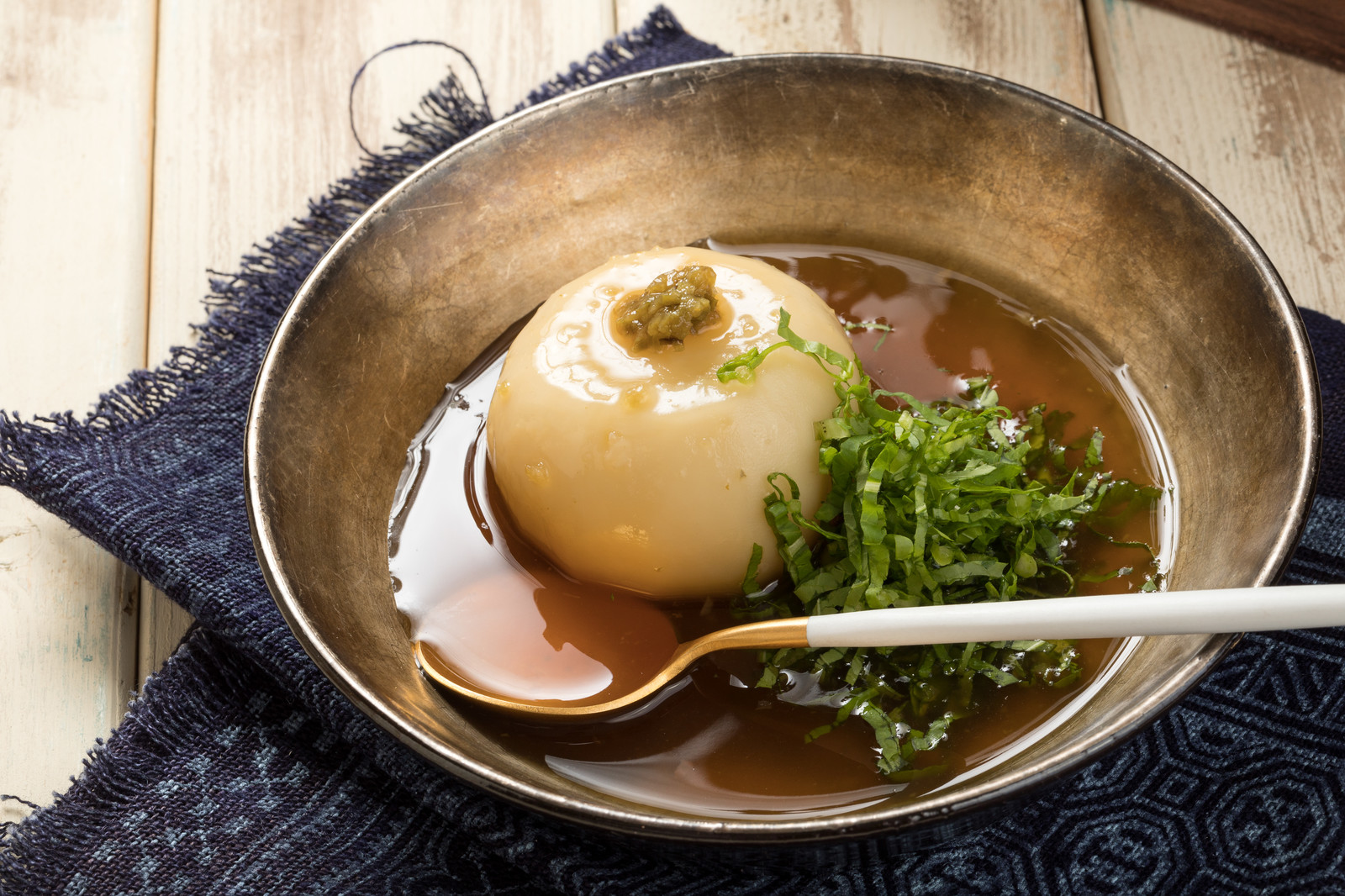Japanese fermented food is gaining global attention for its depth of flavor, natural preservation methods, and cultural significance. While regions like Kyoto and Aichi are often praised for miso and other well-known fermented items, Osaka has its own subtle but fascinating connection to fermentation. In this article, we explore how fermentation shapes Osaka’s unique food culture—and introduce you to one particularly rare dish you’ve probably never heard of: jakogōko.
What Is Japanese Fermented Food? A Gateway to Umami Culture
Fermentation has been a cornerstone of Japanese cuisine for centuries, with staples like miso, soy sauce, sake, and mirin forming the base of countless dishes. These foods are not only rich in umami but also deeply rooted in tradition. Want to learn more about the history and science behind Japanese fermented food? Click here to read our in-depth guide.
Exploring Fermented Foods from Osaka: Spotlight on Jakogōko
Osaka isn’t well known for producing staple fermented foods like miso and natto, but the region harbors a hidden gem that reflects its culinary ingenuity: Jakogōko, a rare and flavorsome preserved food that has been passed down through generations. Jakogōko is a local dish made by soaking the local specialty Senshu water eggplant in rice bran for a long time, removing the salt, and then simmering it with small shrimp in a sweet and spicy sauce. The delicious flavor of the shrimp permeates the eggplant, making it the perfect pairing with rice or alcohol. Due to changes in eating habits and lifestyles, opportunities to make Jakogōko at home are decreasing, but it remains popular as a local dish unique to Senshu, Osaka.
Dashi and Fermentation: The Soul of Osaka’s Flavor

If there’s one element that defines Osaka’s culinary identity, it’s dashi—a savory broth usually made from kombu (kelp), a natural source of glutamic acid, the building block of umami. While dashi itself isn’t fermented (When using honkarebushi katsuobushi, fermentation is involved), it works in harmony with fermented seasonings to create Osaka’s rich yet refined taste. In contrast to other regions of Japan that often use dark, rich soy sauces, Osaka cuisine relies on usukuchi shoyu—a lighter soy sauce that preserves the color and aroma of dashi-based dishes. This regional choice enhances subtle ingredients without overpowering them.
Popular dishes like kitsune udon, mizutaki hot pot, and nikujaga simmered stew are all built upon this synergy of dashi and fermented condiments like soy sauce, mirin, and sake. These combinations highlight how even in a region not famous for fermenting its own ingredients, fermentation plays a vital backstage role in flavor construction.
The following article provides more details about the Dashi:
Fermentation in Osaka: Subtle Yet Essential
While Osaka may not have as many standalone fermented foods as other regions in Japan, fermentation is an essential thread that runs through its cuisine. The careful use of fermented seasonings such as miso, soy sauce, mirin and shio-koji, combined with a strong dashi culture, results in dishes that are comforting, rich in umami and deeply satisfying.
Even modern chefs in Osaka are revisiting traditional ingredients like kome-koji (rice malt) and shio-koji (salted rice ferment) to craft new dishes that bridge innovation and tradition. Whether you’re a culinary professional or simply a food enthusiast, Osaka offers a window into how fermentation can be woven into everyday cooking in subtle but powerful ways.
Ready to Go Deeper? Join Our Culinary Journey
Japanese fermented food is more than a trend—it’s a legacy. And there’s no better place to understand its living tradition than in the kitchens of Japan. Planning a visit to Japan? Experience the real taste of fermented cooking through our Kyoto-based culinary programs, including short-term workshops and hands-on fermentation classes. サービスリンク
📩 Want to stay in the loop?
By signing up for our free newsletter, you will receive the latest information on fermented foods and Osaka’s food culture.

No responses yet